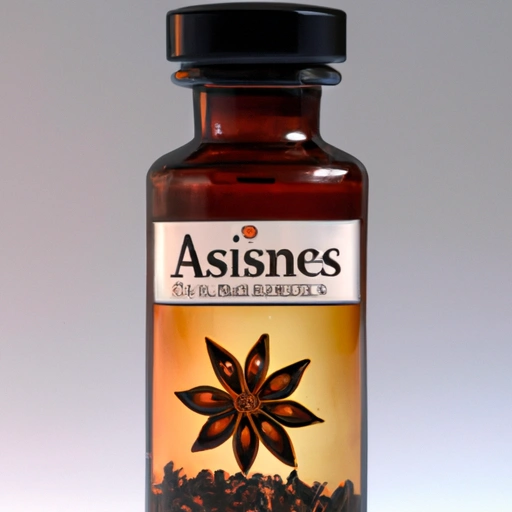Anise Extract
Description

Anise extract is a concentrated liquid flavoring made from the essential oils of the anise seed (Pimpinella anisum), a plant native to the eastern Mediterranean and Southwest Asia. This aromatic extract imparts a sweet, licorice-like flavor to a variety of dishes and is often used in both sweet and savory recipes. The extract is typically used in small amounts, measured in teaspoons (tsp) or milliliters (ml), with 1 tsp being equivalent to about 5 ml. In recipes, the amount used may be specified in either American or European units, with a common conversion being 1 tsp (American) to approximately 5 ml (European) or 0.17 fluid ounces (American).
Common uses
Anise extract is commonly used to flavor baked goods, candies, and beverages. It's also found in certain meat dishes, where it imparts a subtle sweetness and depth of flavor.
Nutritional value
Calories
Anise extract is used sparingly due to its strong flavor, so it contributes minimal calories to dishes.
Protein
There is negligible protein content in anise extract.
Fat
Anise extract contains no fat.
Carbohydrates
The extract has a very low carbohydrate content, primarily from the natural sugars found in anise seeds.
Vitamins
While anise seeds contain vitamins, the extract, used in small quantities, does not contribute significantly to the vitamin content of a dish.
Minerals
Similarly, any minerals present in the anise seeds are present in trace amounts in the extract.
Health benefits
Anise extract is derived from anise seeds, which have been associated with various health benefits such as digestive aid, relief from stomach discomfort, and potential antifungal properties. However, because the extract is used in small amounts, these benefits are more likely to be obtained from consuming the whole seed rather than the extract.
Potential risks
For most individuals, anise extract is safe to consume in the small amounts typically used in cooking. However, some people may experience allergic reactions or interactions with certain medications, so it's advisable to use with caution if you have a history of food allergies or are on medication.
Common recipes
Anise extract is often found in recipes for cookies, cakes, and sweet breads. It is also used in confectionery, such as licorice candy, and in some liquors and aperitifs.
Cooking methods
The extract is typically added during the mixing process of baking or the final stages of cooking to ensure the flavor is well incorporated without being lost to heat.
Pairing with other ingredients
Anise extract pairs well with flavors such as vanilla, chocolate, orange, and various spices. It can also complement the taste of pork and poultry when used in savory dishes.
Summary
Anise extract is a versatile and potent flavoring agent that brings a distinct licorice-like sweetness to a variety of dishes. With its use dating back to ancient times, this extract continues to be a popular ingredient in both home and professional kitchens around the globe. Whether utilized in festive cookies, aromatic liquors, or savory sauces, anise extract's unique taste is a testament to its enduring appeal in culinary creations.